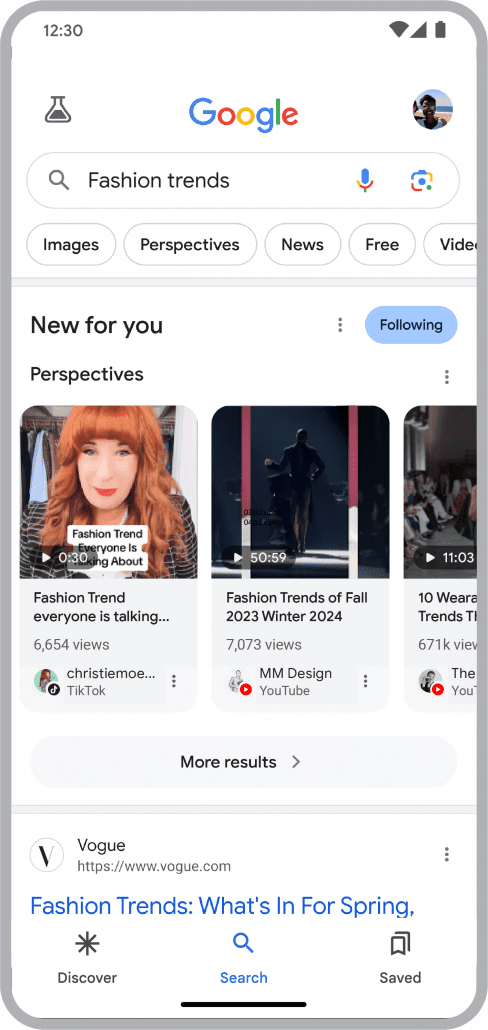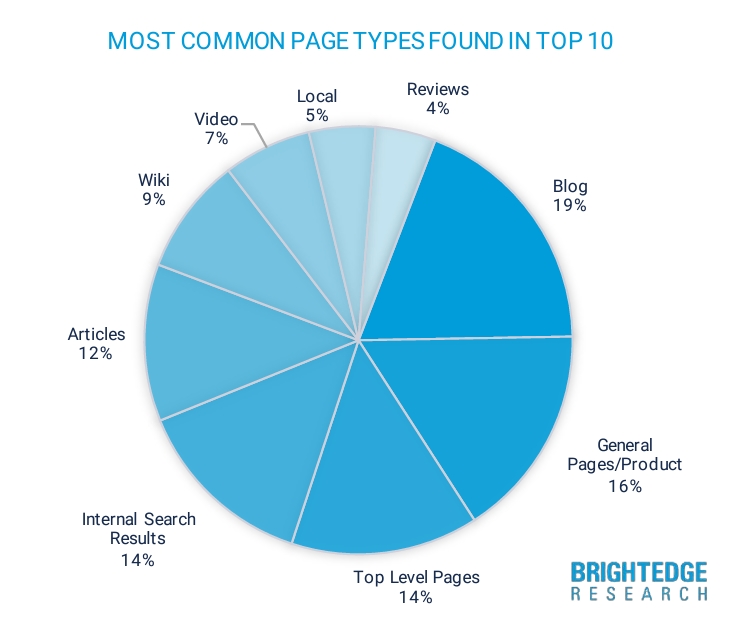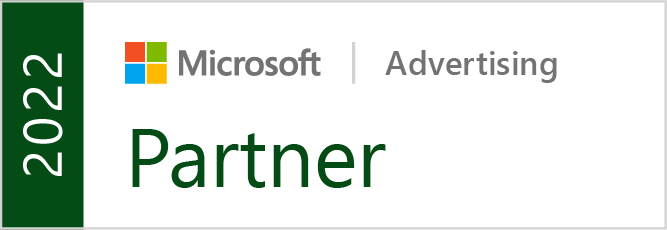Every brand wants to put their best foot forward. If you want to do that online, you need to understand what canonical URLs are. So, today we are going to talk a bit about what canonical URLs are, why your pages may have a canonical version, and how Google chooses which page is the canonical page.
What Are Canonical URLs?
A canonical URL or web page is the version of a page selected to be indexed by Google when there are multiple versions of the page.
This version of the page is used by Google to rank the web page and be displayed in search results in order to prevent duplicate search listings.
As the owner of the website, you have some control over which pages are chosen to be canonical URLs. As we will get into further down, though, Google doesn’t always select the page you believe should be the canonical version.
Before we get to that, let’s take a moment to talk about the legitimate reasons why you may have duplicate versions of a page.
5 Reasons For Having Duplicate Web Pages
According to Google’s official documentation and guidelines about canonical webpages, the search engine believes there are five legitimate reasons a webpage may have multiple versions.
- Region variants: for example, a piece of content for the USA and the UK, accessible from different URLs, but essentially the same content in the same language
- Device variants: for example, a page with both a mobile and a desktop version
- Protocol variants: for example, the HTTP and HTTPS versions of a site
- Site functions: for example, the results of sorting and filtering functions of a category page
- Accidental variants: for example, the demo version of the site is accidentally left accessible to crawlers
How Google Chooses A Canonical Webpage
Until very recently, it was unclear exactly how Google selected canonical pages. Website owners and managers could signal which version they wanted to appear in search results using the rel=”canonical” tag in the code of the page.
However, this version wasn’t always the one that Google went with.
Gary Ilyes from Google cleared the mystery up (mostly) in a recent Google Search Central video.
The process starts with finding the content and identifying the main content or “centerpiece of a page”. Then, it groups the pages with similar content in duplicate clusters.
Then, Google uses a handful of pages to essentially rank each version of the page like it would a listing in search results. The page with the best ranking is selected as the canonical version and included in most search results.
While he doesn’t list exactly what signals are used, Ilyes did say this:
“Some signals are very straightforward, such as site owner annotations in HTML like rel=”canonical”, while others, like the importance of an individual page on the internet, are less straightforward.”
Notably, this doesn’t mean that Google only indexes one version of the page to be used in all contexts. There are situations where Google may decide to show users a version of the page other than the canonical version.
“The other versions in the cluster become alternate versions that may be served in different contexts, like if the user is searching for a very specific page from the cluster.
To hear Gary Ilyes himself talk about the process, check out the full Google Search Central Video below:






